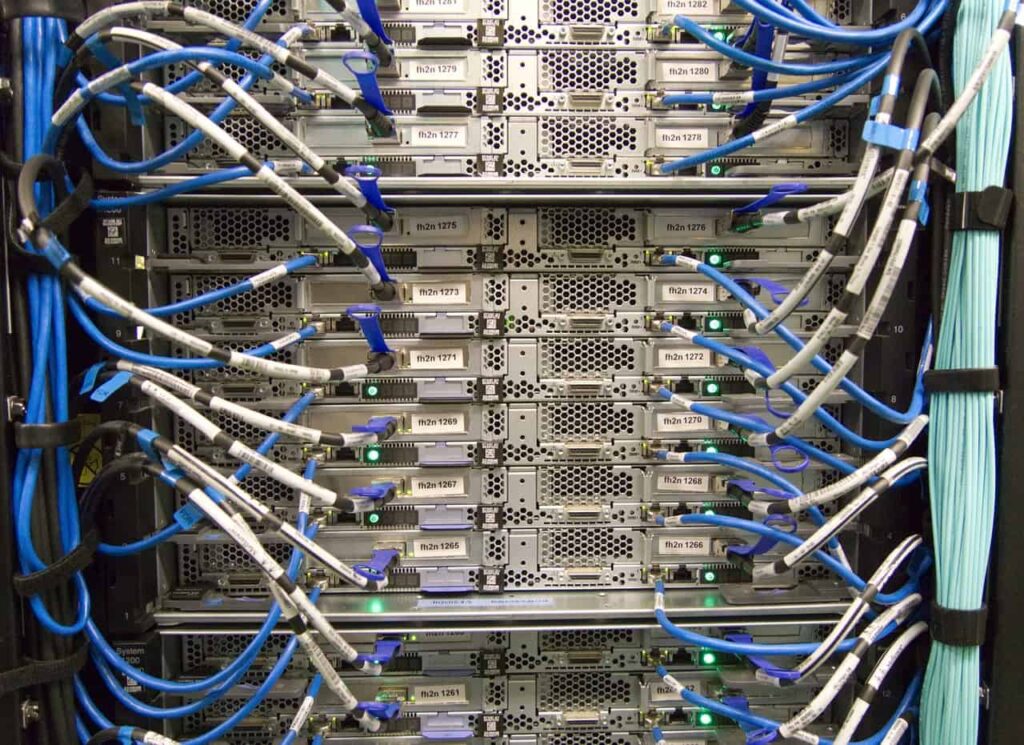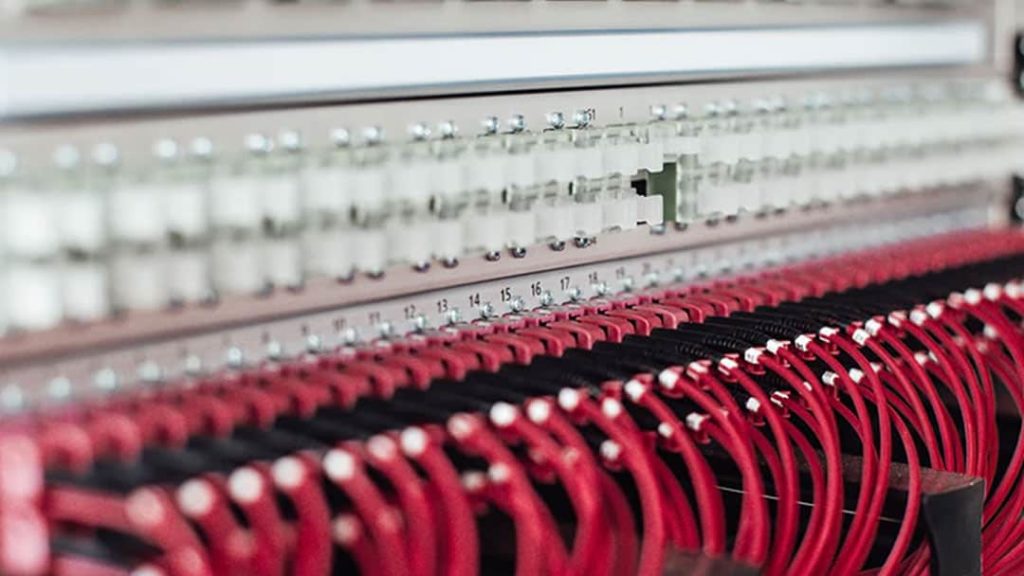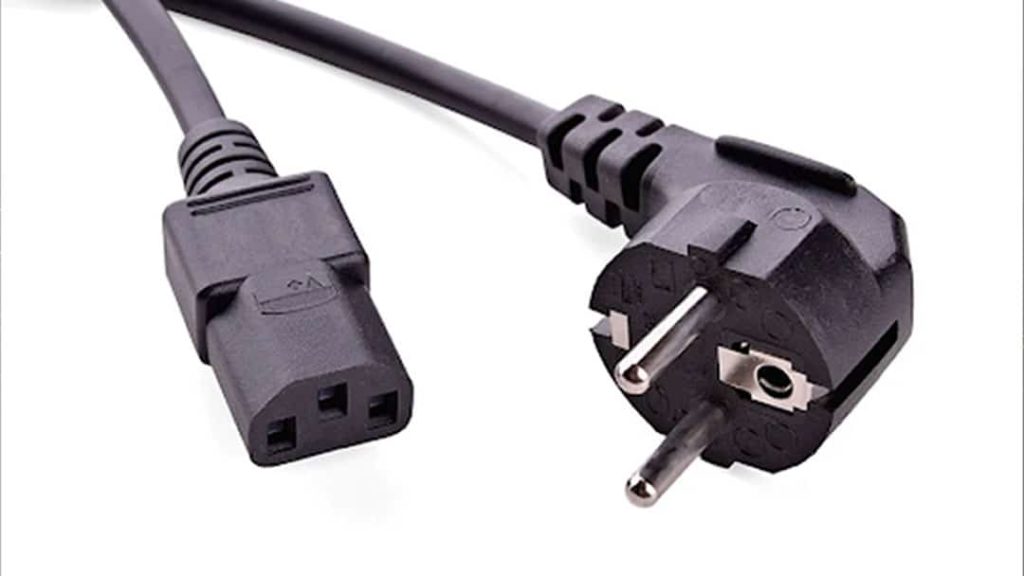Involving data centers, one of the biggest concerns faced is airflow management. Temperature and humidity need to be carefully controlled to protect equipment, minimize failures, and extend the lifespan of your data center components. Today’s two main data containment systems are used in data centers: hot aisle containment and cold aisle containment.
Hot or cold containment is a form of layout for server racks and other equipment used by IT in a data center for cooling purposes. Let’s take a closer look at each option to see which might be the best fit for your data center.
Related: Environmental Monitoring
Hot Aisle Containment vs. Cold Aisle Containment
The goal of hot and cold aisle contaminants is very similar, even if they are entirely different setups. They are implemented in data centers with the goal of improving the environment in ways that lower operating costs and increase cooling capacity. Every computer room is unique in size and set up, so there’s no ultimate answer to which type of containment unit suits the one environment best.
For that reason, you first must understand the fundamental differences between the two containment systems.
Hot Aisle Containment
In a hot aisle containment system, server racks are arranged in a row, with the front of each rack facing the cold aisle. Hot air is exhausted out the back of the servers and directed into a plenum space above the racks. The plenum space is sealed off from the rest of the room, and the hot air is then removed from the space by cooling units.
One advantage of hot aisle containment is that it allows you to increase server density without increasing cooling costs. By sealing off the hot aisle, you can prevent heat from migrating into other areas of the data center, allowing you to pack more servers into a smaller space. Additionally, hot aisle containment can help improve airflow uniformity and prevent bypass airflow, leading to hotspots forming on equipment.
Cold Aisle Containment
In a cold aisle containment system, server racks are again arranged in a row with cooling units located at either end of the aisle. The racks face the cold aisle, and cold air is directed through perforated tiles on the floor or doors at the front of each rack.
The cold air then travels through the equipment and is exhausted out the back of each server into a return plenum space behind the racks. As with hot aisle containment, this plenum space is sealed off from the rest of the room so that cooled air can be recirculated back to the cooling units.
Related: Immersion Liquid Cooling
One advantage of cold aisle containment is that it can help improve cooling efficiency by up to 30%. Keeping cold air isolated in one area can minimize mixing with warmer air from elsewhere in the data center. Additionally, because cool air enters equipment from both front and rear doors (if present), it can help improve airflow uniformity and prevent bypass airflow issues.

Which Containment Wins?
More than 75 percent of all data centers have installed a cold or hot aisle containment option for their data center. With so many facilities choosing some form of containment, many people are wondering? What is the better option, hot or cold containment? The quick answer is either one.
For further clarification, cold aisle containment involves doors on the ends of the cold aisles with partitions or roofs over the cold aisle. This form of containment is ideal for cooling specific parts of the room, such as server locations.
Where hot aisle containment includes doors on the ends of the hot aisle with a path of ductwork into the returns of the cooling units, the servers are then positioned back-to-back parallel outside the enclosure, creating an aisle for proper airflow.
If your Data Center is in need of a technology upgrade, contact us today.
Pros and Cons of Hot and Cold Containment
“Read the Room,” What is the best containment choice for you, your employees, and the data center?
Pros of Cold Aisle
- It only requires doors and a partition installation
- Often less costly to install
- Much easier to retrofit into an old center
- No additional build to contain exhaust
- Leaves more surface area
Cons of Cold Aisle
- Increases temperatures in the room
- Air can leak
- Mixes return air
- Possible obstruction of traffic
Pros of Hot Aisle
- Possible leakage
- More effective cooling
- The open area becomes nice and cool
- Standard fire detection systems can still be implemented in the building.
Cons of Hot Aisle
- It can be more expensive to install
- Requires ductwork installation
- Increases temperatures in the hot aisle for IT tech support

Tips for Choosing the Best Containment System
When it comes to data center containment, there are a few factors that you need to consider before making a decision. The first thing you need to consider when installing a containment system is the layout of your data center.
If your data center is already built, you may not have much choice regarding a hot aisle or cold aisle containment. However, if you are planning a new data center, you may want to consider both containment systems and decide which would work best for your facility.
Related: 10 Tips to Install Fiber Optics the Right Way
Another thing to keep in mind is the type of equipment that you will be using. If you have a lot of servers that generate a lot of heat, you may want to consider hot aisle containment, as it can help improve cooling efficiency. Cold aisle containment may be a better option if you don’t have quite enough funds just yet.
One final factor to consider is your data center’s climate. Hot aisle containment may be the best option in a hot climate, as it can help keep the servers cool, and cold aisle containment may be more appropriate if you are in colder weather.
Hot Aisle vs Cold Aisle Containment Final Thoughts
There’s a lot to consider environmentally when managing airflow in your data center. Hot aisle containment and cold aisle containment are effective ways to control temperature and humidity while maximizing efficiency. Which option is suitable for your data center? It depends on your space, specific needs, preferences, and climate.
For all of your Data Center cooling needs, contact us today.
Last Updated on January 20, 2023 by Josh Mahan




